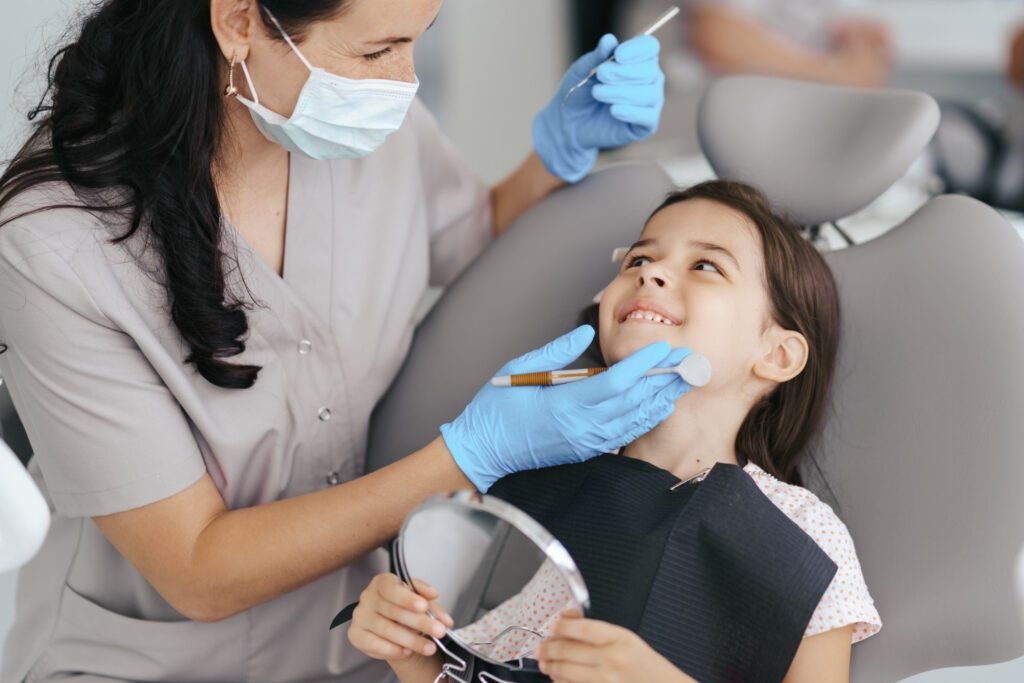Severe tooth pain, swelling, trauma, or a lost restoration? Every minute counts in a dental emergency. Ignoring it can lead to worse pain, infection spread, tooth loss, and higher treatment costs.

Dental emergencies strike without warning – a sudden fall, a searing toothache, or a lost filling can leave you in pain and panic. Knowing where to turn and what treatments are available is crucial. At SmileZone of Irving, we provide immediate, compassionate emergency dental care. Here’s an in-depth look at our critical services:
Dental trauma involves injuries to the teeth, gums, or surrounding bone, often from accidents, sports, or falls. Quick action is vital!
Immediate action is critical! Handle the tooth by the crown (chewing surface), rinse gently with milk or saline (don’t scrub!), and try to reinsert it into the socket. If not possible, store it in milk or saliva.
We attempt to re-implant the tooth and splint it to adjacent teeth for stability. Root canal therapy is usually needed later.
Save any broken pieces.
Small chips may be smoothed or bonded with tooth-colored composite resin. Larger fractures may require a crown, root canal (if the pulp is exposed), or even extraction if severely compromised below the gumline.
A tooth pushed inward, outward, or sideways.
We gently reposition the tooth and splint it. Root canal therapy is often necessary.
A crack below the gumline
Depends on location. Treatment ranges from splinting and monitoring to root canal or extraction. X-rays are essential for diagnosis.


Dental infections and abscesses are serious emergencies caused by bacteria invading the tooth pulp (endodontic abscess) or gum tissue (periodontal abscess). They won’t resolve on their own and can become life-threatening if untreated.
Throbbing, intense toothache, sensitivity to hot/cold, fever, swelling in face/cheek/gums, tender lymph nodes, bad taste, pus drainage.
Exam and X-ray to locate the abscess and assess bone involvement.
The primary goal is to release the pus to relieve pressure and pain. This might involve a small incision in the gum or opening the tooth chamber.
For tooth abscesses: Root canal therapy to remove infected pulp is the preferred way to save the tooth. For gum abscesses: Deep cleaning (scaling and root planing) below the gumline. If the tooth is non-restorable, extraction is necessary.
Prescribed to help eliminate the bacterial infection, especially if there's fever or swelling. (Crucial: Antibiotics alone won't cure the abscess; drainage and source control are essential).
When a filling falls out, a crown comes loose, or a tooth is prepared for a permanent crown, a temporary restoration protects the vulnerable tooth structure until permanent repair can be done.
Protect exposed dentin (reduces pain/sensitivity), maintain space, prevent tooth shifting, seal out bacteria, restore some chewing function, and improve appearance.
Soft, pliable materials (often eugenol-based) placed in a cavity after decay removal or to replace a lost filling. Lasts days to a few weeks.
Pre-formed or custom-made acrylic or stainless steel crowns cemented over a prepared tooth. Protect it after shaping for a permanent crown or root canal. Lasts several weeks.

Any situation causing severe pain, uncontrolled bleeding, significant trauma (knocked-out, broken, or loosened teeth), facial swelling (especially around the eye or jaw), or a lost restoration leaving the tooth extremely sensitive qualifies. If you're unsure, call us – it's better to be safe!
Time is CRITICAL! See a dentist ideally within 60 minutes for the highest chance of successful re-implantation. Follow the storage instructions above and get to our office immediately.
Absolutely not. While antibiotics help control the spread of infection and reduce swelling, they cannot reach or eliminate the source of the infection trapped inside the tooth or gum pocket. Drainage and definitive treatment (root canal or extraction) are essential to cure the abscess. Untreated abscesses can lead to serious, even life-threatening complications.
Temporary restorations are designed as short-term solutions. Aim to get your permanent restoration placed within 2-4 weeks. Leaving a temporary in place too long increases the risk of it breaking, leaking (allowing decay underneath), or the tooth shifting. Schedule your follow-up as directed!
